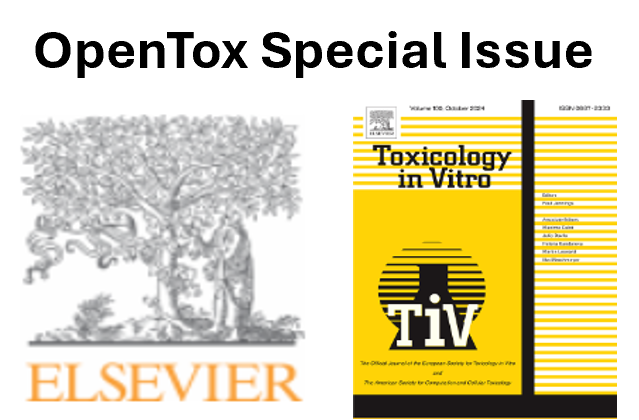
Dr Costanza Rovida is project manager at TEAM Mastery where her activity is mainly related to toxicological evaluation of chemicals and the definition of the risk assessment. Eventually she has an active role in the preparation of full registration dossiers in compliance with main EU chemical regulations. She is expert in the regulatory use of the New Approach Methodologies (NAMs) in the regulatory context. She is listed in the European list of registered Toxicologists (ERT) and member of the Centre for Alternatives to Animal Tests (CAAT), following the acceptance of non-animal methods for regulatory purposes. She was part of the EU-ToxRisk and the RiskHunt3R projects for which she followed the activity of quality assurance of all activities and models, efficient validation of selected cell models as well as the strategies to implement selected models/strategies in industry and regulatory settings.
She is also the President of ecopa, the European Platform for Alternatives to Animal tests and accredited stakeholder for both the European Chemical Agency (ECHA) and the European Food Safety Authority (EFSA). She gained a degree in Chemistry at the University of Milan (Italy) in 1989. After an initial professional career as mass spectrometry expert, in the period 2005-2008, she joined the European Commission at EURL-ECVAM beginning a new career as toxicologists and expert of alternative strategies.
The concern for endocrine disruptors addressed in the EU Regulations
Costanza Rovida – TEAM mastery S.r.l
Endocrine disruptors (EDs) are chemicals that can interfere with the hormone systems of organisms, potentially causing significant adverse effects, even at low doses. Awareness of these risks has prompted regulatory authorities to increase protections for human health and the environment. The endocrine system operates through a delicate balance of hormones that regulate critical biological processes. Disruption of this system, even slightly, can result in serious consequences for development, reproduction, metabolism, and immunity.
In response, the EU has progressively tightened regulations concerning EDs. Since 2006, chemicals with potential endocrine-disrupting properties have been classified alongside reproductive toxicants, making them eligible for the designation of Substances of Very High Concern (SVHC) under REACH. This classification can lead to their inclusion in the authorization list, limiting or banning their use. Further, the EU’s Biocidal Products Regulation (BPR) and Plant Protection Products (PPP) Regulation prohibit the use of EDs in product formulations. This extends the requirement to evaluate ED properties to all co-formulants, not just active substances. The European Chemicals Agency (ECHA) and the European Food Safety Authority (EFSA) have issued guidelines based on the World Health Organization’s (WHO) definition of EDs: “An endocrine disruptor is an exogenous substance or mixture that alters function(s) of the endocrine system and consequently causes adverse health effects in an intact organism, or its progeny, or (sub)populations”.
Reinforcing these measures, the Classification, Labelling, and Packaging (CLP) Regulation has introduced new hazard classes specifically for EDs. These classifications will become mandatory for new substances by May 1, 2025, and for all substances by November 1, 2026.
To meet these regulatory requirements, new testing methods and approaches are being developed to assess ED activity beyond reproductive toxicity. This reflects growing recognition of the broad impact of EDs on human health, including their roles in neurological, metabolic, and immune disorders.

